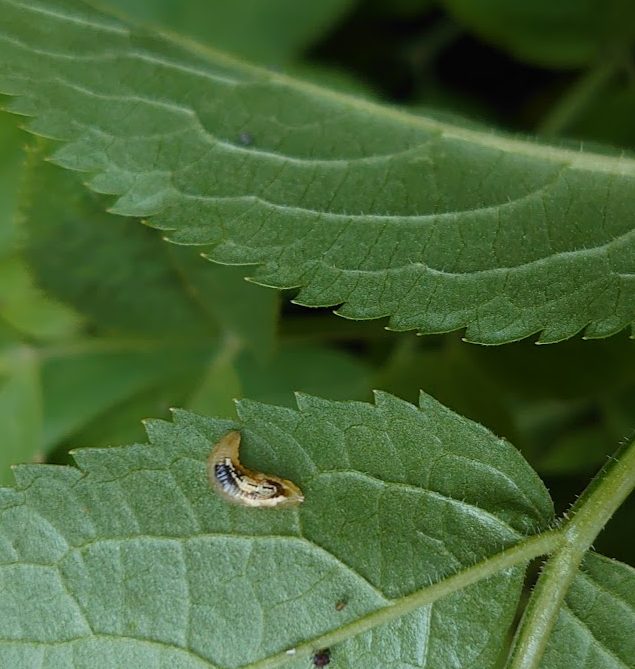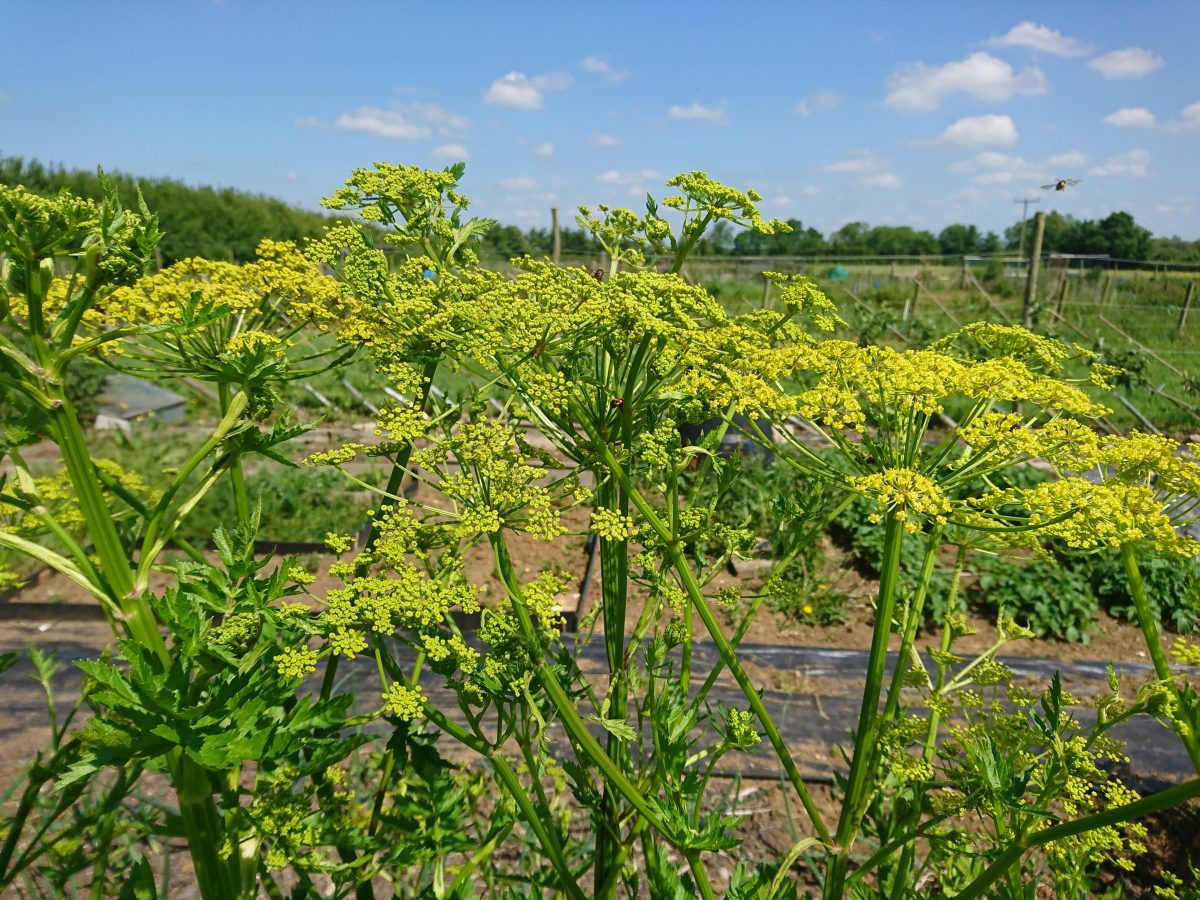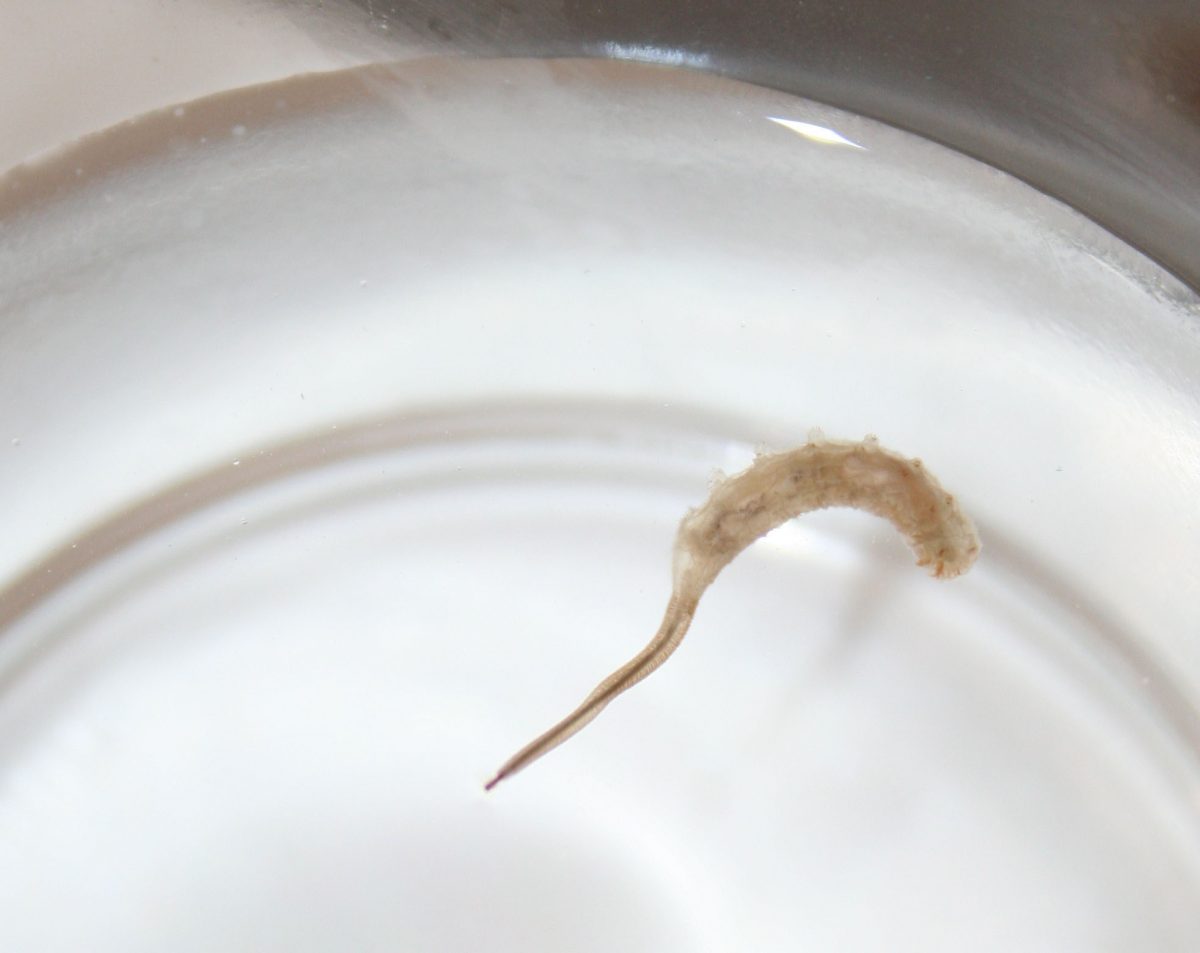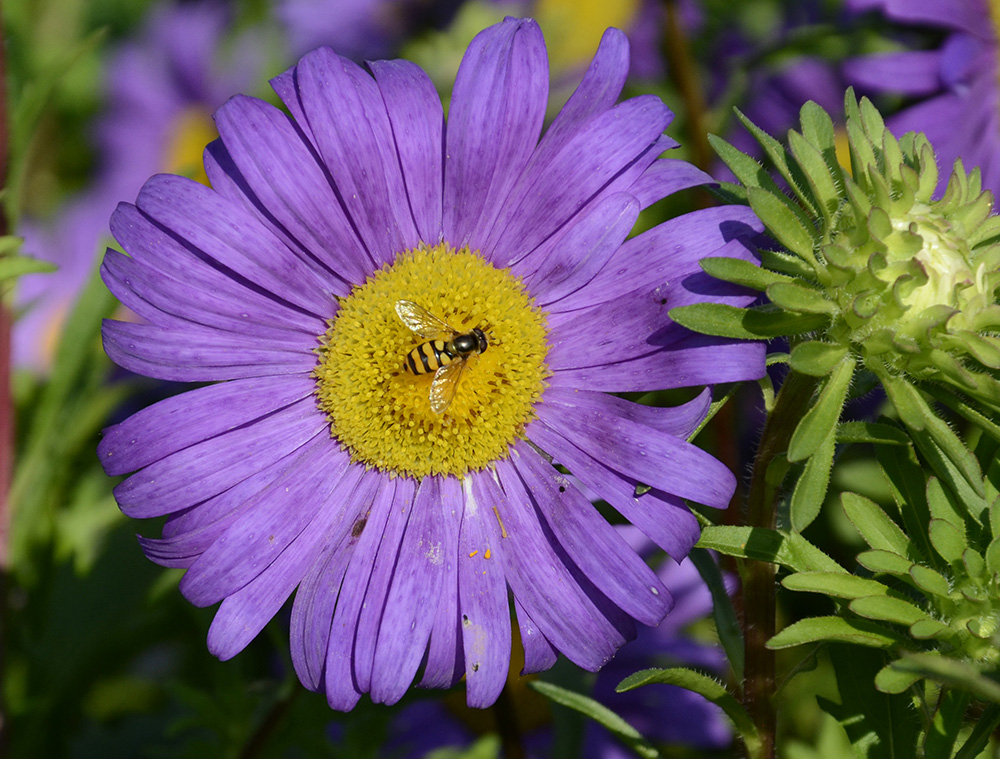Hoverflies – pollinators and predators
Hoverflies are regular visitors to fields and gardens, flitting around flowers where they feed on nectar and pollen from late spring to autumn. Hoverflies, or flower flies, are a fascinating group of insects that mimic the appearance of bees, wasps and even hornets. It’s an example of Batesian mimicry when an animal looks like a poisonous animal, but its not poisonous itself, and this enables it to gain protection. The black and yellow colours of the hoverfly deter would-be predators even though they are completely harmless.
Hoverflies are true flies and are far more skilled in flight than bees and wasps, being able to hover and dart sideways. Its this style of flight marks them apart from the bee or wasp. A quick way to check it’s not a bee or wasp is to look for the single pair of wings and the lack of the narrow wasp-waist.
They are important pollinators and as the numbers of bees and bumblebees decline, their importance is even greater. Hoverflies visit flowers for their nectar and pollen, which is used to fuel their own growth and reproduction and unlike bees, is not used to feed young. They are solitary animals so forage over much great distances than bees and some species migrate. Scientists estimate that in summer as many as 4 billion hoverflies may arrive from Europe, spreading across southern England. Compare that to the estimated 5 billion honeybees for the whole of Britain and you can see why they are important.
But they are important predators too in our gardens. There are around 280 species of hoverfly in Britain, belonging to the family Syrphidae and more than half are predatory hoverflies with larvae that feed on aphids, thrips, scale insects, mites and more, so they are incredibly useful insects. The female hoverflies lay their eggs on leaves near the prey.

Some larvae feed on plants or rotting plant matter, while a few parasitize other insects, but around half are predators. The larvae resemble small green slugs. and can be difficult to spot, so take care when you decide to spray soapy water over a blackfly-infested plant ass there may be larvae there too.

Attracting hoverflies into your garden
You can boost numbers of hoverflies in many ways. Hedgerows and other natural areas provide overwintering places so provide shady corners with fallen leaves where they can hide. But the best way is to plant nectar-rich flowers. Hoverflies have short mouthparts so they can only reach nectar in open, short flowers, for example, angelica, buckwheat, coriander, dill, fennel and parsley. They can reach nectar in other flowers if the width of the floral tube is wide and they can push their head into the flower to reach the nectaries. Cosmos, marigolds, limnanthes are great for some hoverflies, but their floret size is too long for the predatory species of hoverflies.

What are rat-tailed maggots?
One of the most common species is the drone fly (Eristalis tenax) which mimics a drone (male) bee. The larvae have the rather unattractive name of rat-tailed maggots as they inhabit small stagnant pools. They can survive in oxygen-deficient water by using their abdominal breathing tubes. They rise to the surface of the water and breathe air through the long thin tubes. They can be found in almost any smelly pool of water. To attract drone flies, simply stuff a handful of old leaves in a container of water and leave it outside. The rotting smell will soon attract the attention of the female drone fly.




